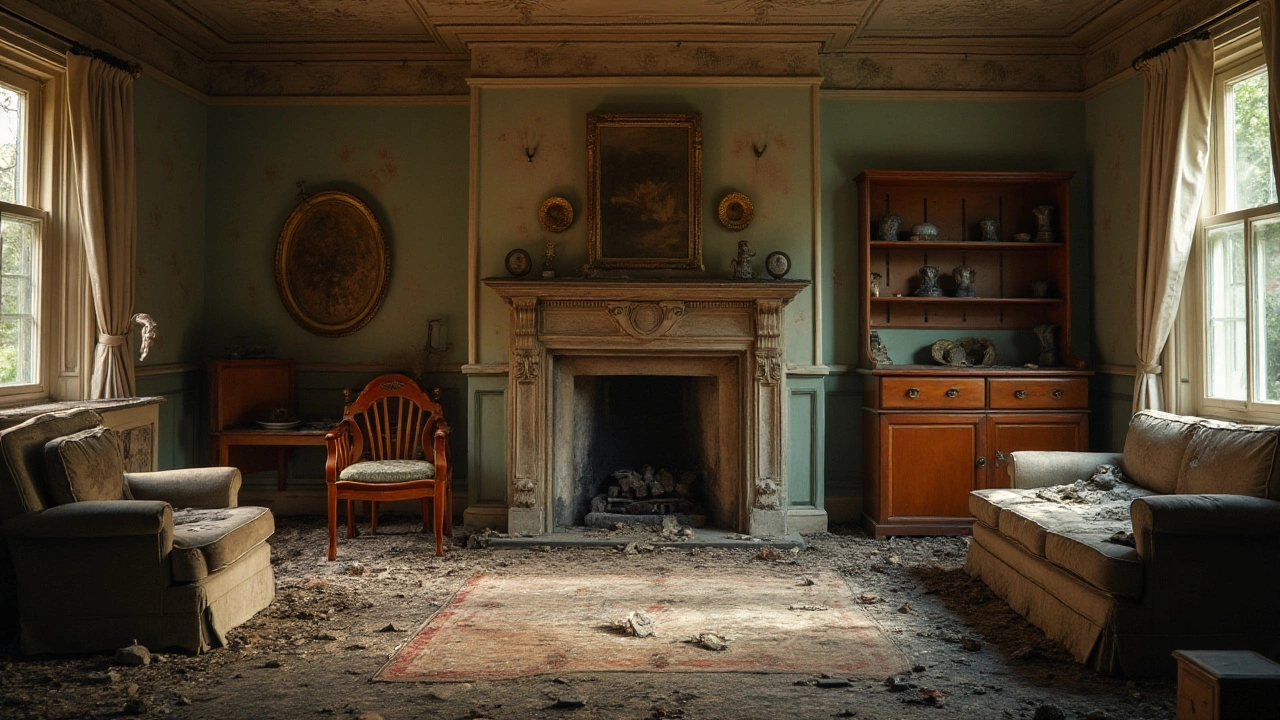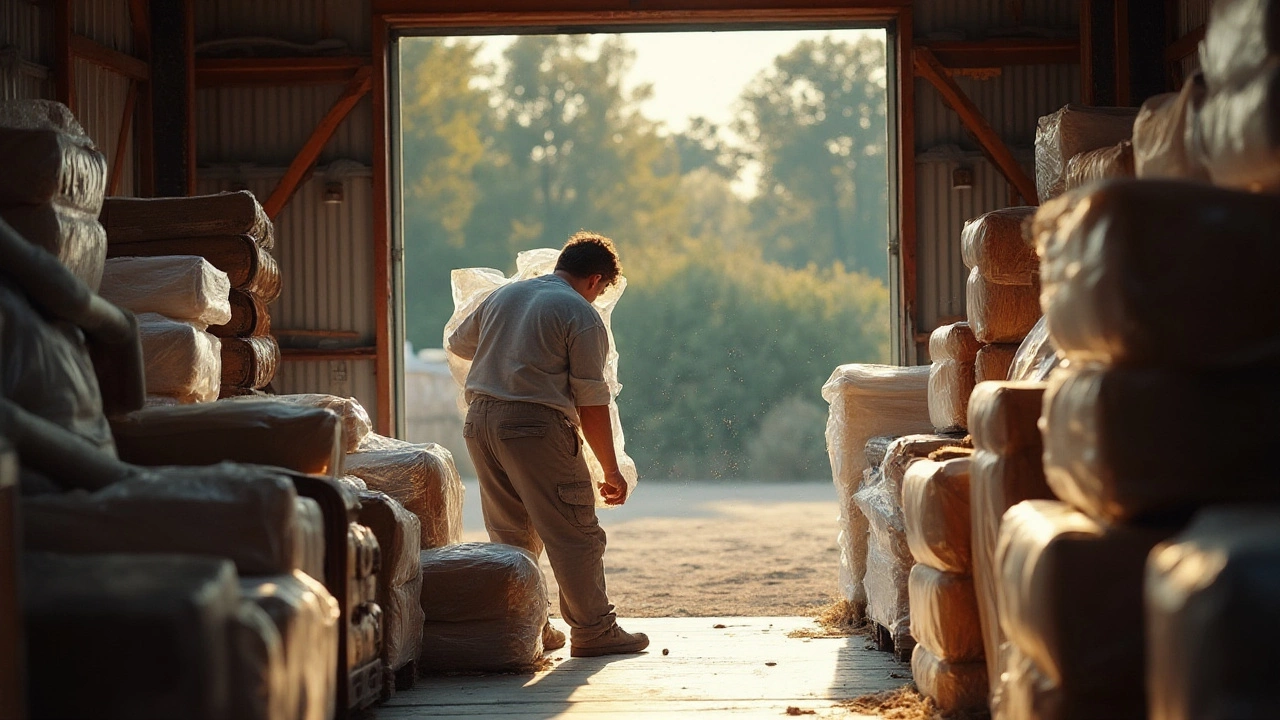Preserving Furniture: Simple Tips to Keep Your Pieces Looking Fresh
If you love a piece of furniture, you probably want it to stay beautiful for years. The good news is you don’t need pricey services or special tools – just a few habits that protect wood, fabric, and metal. Below are the most useful steps you can start right now.
Everyday Cleaning That Works
Dust is the silent enemy. A soft microfiber cloth wiped over a surface once a week stops dust from settling and scratching the finish. For wood tables, add a dab of natural oil once a month – it feeds the grain and keeps the surface from drying out.
Upholstered sofas and chairs get spills fast. Blot (don’t rub) any liquid with a clean towel, then use a mild detergent mixed with water. Test the solution on a hidden spot first; you don’t want a color change. For leather couches, a quick wipe with a damp cloth followed by a leather conditioner protects the hide from cracking.
Smart Placement and Protection
Sunlight fades color and dries out wood. Keep large pieces away from direct windows or use sheer curtains to filter the light. If you can’t move a sofa, place a throw over the part that faces the sun – it adds a style boost and shields the fabric.
Pet claws can scratch legs and frames. Adding short rubber pads under chairs or wood legs stops scratches on floors, while a simple blanket on a pet’s favorite spot protects the upholstery.
When you need to move a heavy table, lift it instead of sliding. Sliding can gouge both the floor and the table legs. Use furniture sliders or a moving blanket – they’re cheap and do the trick.
Seasonal Care and Long‑Term Storage
Winter brings dry air that can shrink wood. Run a humidifier in rooms with antique cabinets or dressers. In summer, check for moisture under outdoor cushions; dampness encourages mold.
If you’re storing a piece for a long time, wrap it in breathable fabric, not plastic. Plastic traps moisture and can cause rot or mildew. Store furniture upright if possible; it reduces stress on joints.
Some of the posts on our site dive deeper into specific topics – like the “Most Durable Sofas in 2025” guide for frame strength or the “Weather‑Resistant Patio Furniture” article for outdoor pieces. Those reads give you extra data if you want to compare materials before buying.
Finally, treat your furniture as a living thing. Regular check‑ups catch loose screws, worn cushions, or fading finishes before they become big problems. Tighten a wobble, replace a cushion filler, or touch up a scuff – small fixes add up to big savings.
Preserving furniture isn’t a chore if you make it part of your routine. Dust, protect from sun, use the right cleaners, and store smartly. Your favorite chair, table, or bookshelf will stay inviting for years, and you’ll enjoy the look without constantly replacing pieces.
Does Furniture Deteriorate When Stored?
Storing furniture for the long term can lead to various changes if not done properly. Temperature fluctuations, humidity, and pests can all contribute to the deterioration of wood, upholstery, and metal. By understanding the environment and using proactive measures, you can ensure your furniture remains in prime condition even after years in storage.
MoreEssential Tips for Protecting Furniture During Storage
Preserving furniture during storage requires careful wrapping and thoughtful preparation. It's essential to use the right materials to prevent damage from moisture, pests, and time. This guide provides invaluable insights on how to appropriately cover and secure different types of furniture. Discover the best practices to ensure your items remain in pristine condition while in storage.
More

